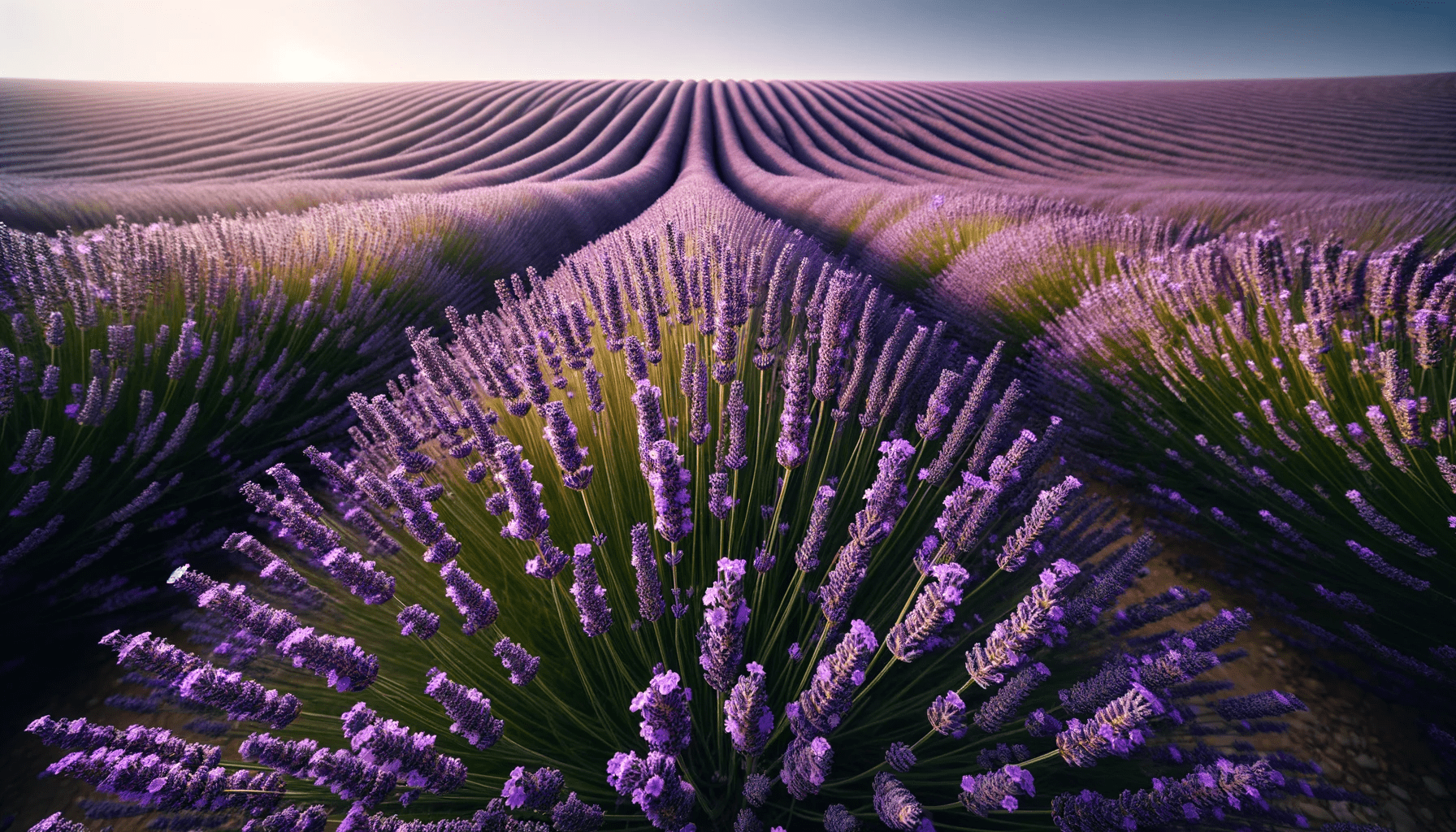Lavender, scientifically known as Lavandula angustifolia, is celebrated not just for its delightful fragrance but also for its extensive range of health and therapeutic benefits. Originating from the Mediterranean, lavender has a rich history in herbal medicine and is now a staple in various cultures worldwide.
1: Lavender – An Overview
Lavender is a member of the mint family, recognized for its beautiful purple flowers and aromatic scent. This perennial plant is not only aesthetically pleasing but also boasts several varieties, each with unique characteristics and uses.
2: The Therapeutic Benefits of Lavender
Lavender is renowned for its calming and relaxing properties, making it a popular choice in aromatherapy.
- Stress and Anxiety Reduction: Studies, such as one published in the "International Journal of Psychiatry in Clinical Practice," have shown that lavender oil can significantly decrease anxiety and stress levels【1】.
- Sleep Enhancement: Research in the "Journal of Alternative and Complementary Medicine" found that lavender aroma could improve sleep quality, particularly in those with insomnia or sleep disturbances【2】.
3: Lavender in Culinary Applications
Beyond its therapeutic uses, lavender has found its way into the culinary world. It is used to add a unique flavor to baked goods, teas, and even savory dishes. Its floral and slightly sweet flavor pairs well with a variety of ingredients, including honey, berries, and herbs.
4: Lavender in Skincare and Beauty Products
- Skincare Benefits: Lavender oil's anti-inflammatory and antiseptic properties make it a valuable ingredient in skincare. A study in the "Journal of the Medical Association of Thailand" highlights its effectiveness in treating acne and reducing inflammation【3】.
- In Beauty Products: Lavender is commonly found in a range of beauty products, including lotions, soaps, and shampoos, for its fragrance and skin-soothing benefits.
5: Growing and Harvesting Lavender
Lavender is a hardy plant that thrives in well-drained soil and full sunlight. This section will provide tips on cultivating lavender, from planting to harvesting, ensuring a healthy and fragrant yield.
6: Lavender in Home and Lifestyle
Lavender's uses extend to home care and lifestyle. It's used in natural cleaning products, as a moth repellent in wardrobes, and its dried flowers are often used in potpourris and sachets for a lasting fragrance.
Conclusion
Lavender's versatility and multitude of benefits make it a cherished herb in both traditional and modern contexts. From its therapeutic properties to its culinary and aesthetic uses, lavender continues to be a symbol of relaxation, beauty, and health.
References
- Kasper S., Gastpar M., Müller W.E., et al. (2010). "Silexan, an orally administered Lavandula oil preparation, is effective in the treatment of ‘subsyndromal’ anxiety disorder: a randomized, double-blind, placebo-controlled trial." International Journal of Psychiatry in Clinical Practice.
- Lewith G.T., Godfrey A.D., Prescott P. (2005). "A single-blinded, randomized pilot study evaluating the aroma of Lavandula augustifolia as a treatment for mild insomnia." Journal of Alternative and Complementary Medicine.
- Panichayupakaranant P., Tewtrakul S., Yuenyongsawad S. (2010). "Antiacne Inducing Bacterial Activity of Thymus vulgaris, Citrus lemon, and Lavandula angustifolia." Journal of the Medical Association of Thailand.
Discover lavender on the Amazon store : link

Leave a comment